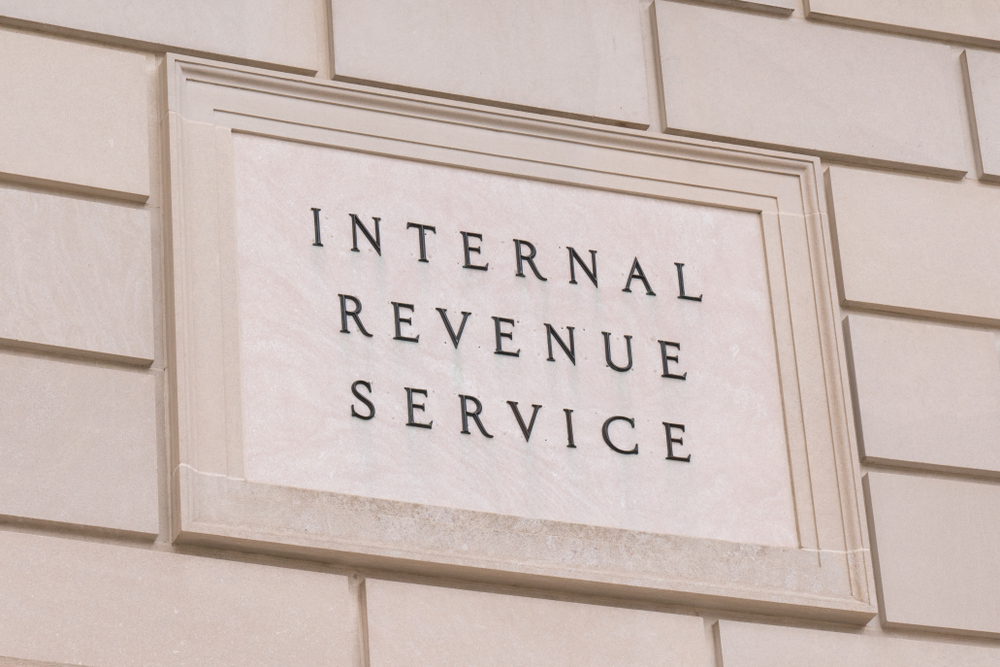What Is the First-Quarter Estimated Tax Deadline?
As the April 15 deadline for tax filings approaches, it’s crucial to remember another important date: the first-quarter estimated tax payment deadline for 2025. If you’re self-employed or earn income without tax withholdings, this payment is mandatory to avoid penalties. The first-quarter payment is due on April 15, covering income earned between January 1 and March 31.
Who Needs to Make Estimated Tax Payments?
Self-employed individuals, retirees, investors, and gig economy workers frequently need to make quarterly estimated tax payments. The IRS requires quarterly payments if you expect to owe at least $1,000 in taxes for the year. According to Misty Erickson, tax content manager at the National Association of Tax Professionals, newly self-employed individuals or those who’ve started contract work may face “sticker shock” when they file their taxes, potentially leading to penalties later if payments are missed.
The Consequences of Missing Estimated Tax Payments
If you miss a quarterly payment, you may incur interest-based penalties, which accumulate daily. To avoid this, make sure to keep track of all deadlines: in addition to the April 15 first-quarter payment, the other 2025 deadlines are June 16, September 15, and January 15, 2026.
How to Avoid IRS Penalties: The Safe Harbor Rule
The IRS has a “safe harbor” rule designed to protect taxpayers from penalties for underpayment. To meet the safe harbor guidelines, you need to pay at least 90% of your estimated tax liability for 2025 or 100% of your 2024 taxes, whichever is smaller. However, if your 2024 adjusted gross income was $150,000 or more, the safe harbor percentage jumps to 110%. It’s important to note that while the safe harbor can protect you from penalties, it doesn’t guarantee you won’t owe additional taxes at the end of the year.
How and Where to Make Your Estimated Tax Payments
The IRS offers several ways to make your estimated tax payments. You can pay online using IRS Direct Pay, the Treasury Department’s Electronic Federal Tax Payment System, or via debit/credit card or digital wallet. For those who prefer to mail their payments, certified mail with a return receipt is recommended to confirm receipt.
Why You Should Use an IRS Online Account
Having an IRS online account simplifies the process by allowing you to track pending transactions, view payment history, and correct any mistakes quickly. This can be crucial in ensuring that payments are applied correctly and on time, as mistakes can lead to unnecessary penalties.


